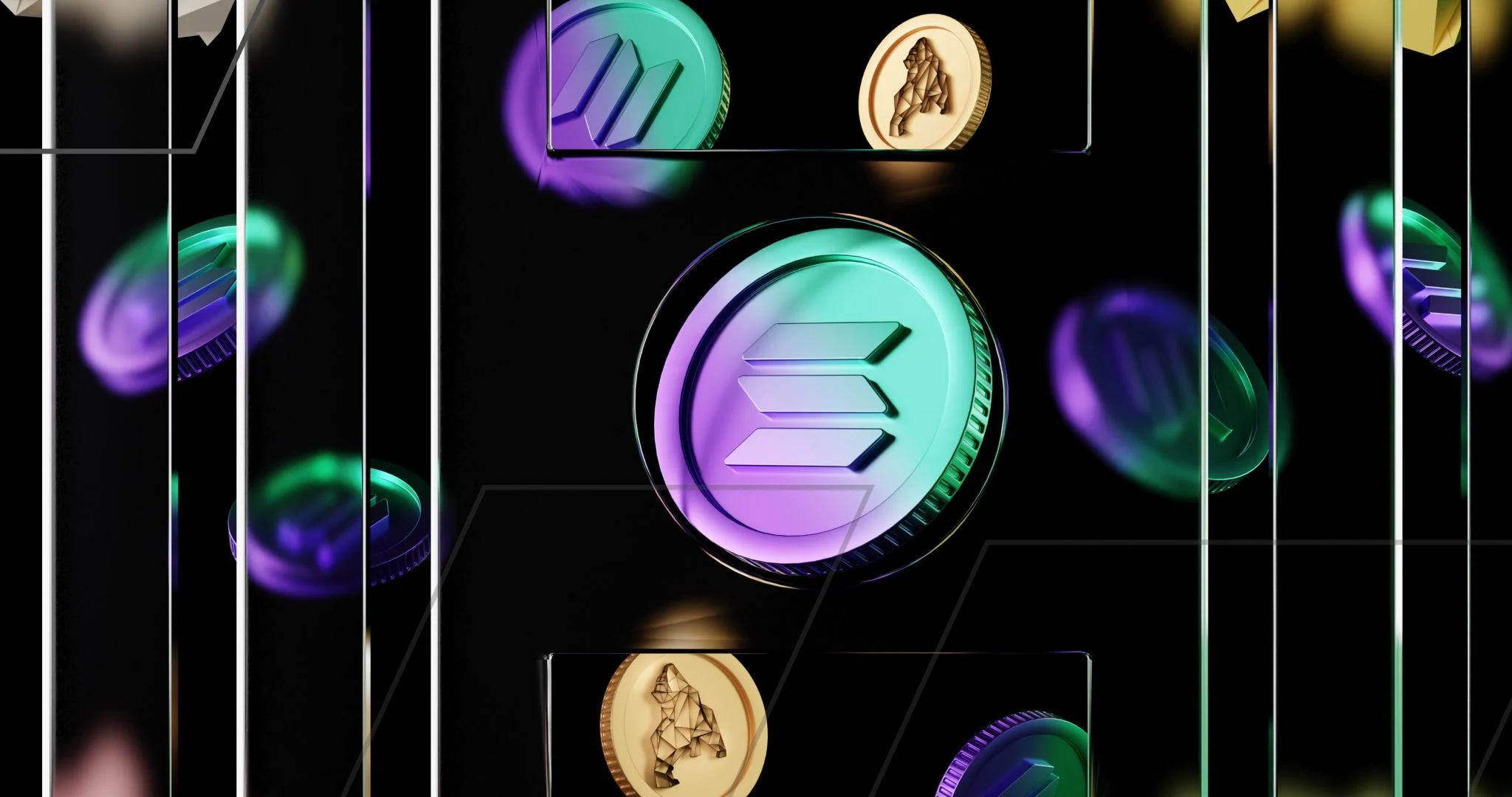Back to Blog
NFT Staking Explained: A Guide to the Pros, Cons, and Precautions

Eric Esposito
Mar 28th, 2023
.5 min read

Staking is taking the NFT space by storm. Indeed, the total ETH value of NFTs locked into staking services grew from roughly 100 Ethereum (ETH) in March 2022 to more than 60,000 ETH a year later, according to data from Dune Analytics. As more collectors clamor for staking services, top-tier NFT collections like DeGods and Moonbirds are opening NFT staking portals for their Web3 communities.
Although staking NFTs is becoming increasingly popular, it’s a relatively new innovation in the crypto sector. NFT collectors should know the pros and cons of NFT staking before locking away their digital collectibles.
What does staking an NFT mean?
You could think of “staking” as “storing” cryptocurrency on its blockchain network. Most often, investors lock their digital coins or tokens in a special program called a “smart contract” on a compatible protocol. Once the cryptocurrency is in a smart contract’s pool, depositors receive rewards in their linked crypto wallet.
The idea of staking cryptocurrency emerged in the early 2010s as developers sought to create a faster, cheaper, and greener blockchain infrastructure versus Bitcoin’s Proof-of-Work (PoW) design. Under the Proof-of-Stake (PoS) model, blockchain validators “stake” a set amount of cryptocurrency to get the chance to confirm transactions and receive crypto rewards. Examples of PoS blockchains include Ethereum, Solana, and the Binance Smart Chain.
NFT staking works like staking fungible cryptocurrencies like ETH or BNB, but users have to stake their non-fungible tokens. Some NFT collections and play-to-earn games offer holders proprietary staking portals, while a few decentralized applications (dApps), crypto exchanges, and NFT marketplaces offer third-party NFT staking services. Wherever collectors stake their NFTs, they’ll need to lock these tokens in a virtual vault to receive crypto rewards.
How does staking an NFT work?
Every NFT staking site has unique rules and requirements, but most follow a similar setup process. Anyone interested in NFT staking needs an NFT and a crypto wallet compatible with their NFT’s blockchain. For example, if you have an Ethereum-based NFT, you need an Ethereum-compatible wallet like MetaMask.
Also, keep in mind not every NFT is eligible for staking. Double-check whether your NFT project has a dedicated staking portal or whether a third-party site accepts NFTs from your collection.
After you confirm you can stake your NFT, link your crypto wallet to the NFT staking website. Typically, you’ll see a link on the top right that says “Connect Wallet.” Lastly, deposit your NFT in a staking pool to start earning rewards.
As an example, let’s run through how staking CryptoDads NFTs works. The CryptoDads collection is a 10K Ethereum PFP collection that offers NFT staking on its “$STEAK Dashboard.” Anyone holding a CryptoDad or CryptoMom NFT can connect a MetaMask wallet to this portal by clicking “Connect Wallet” on the top right.
If you have a CryptoDad or CryptoMom in your MetaMask wallet, you’re free to stake it on this site to earn the fungible “$STEAK” cryptocurrency. The longer you stake, the more “$STEAK” you get in your crypto wallet to spend on rewards like new CryptoDad NFTs, skins, and IRL gift cards.
Just keep in mind every NFT staking portal has unique Terms & Conditions. Most notably, there’s usually a “lock-up” period that prevents you from withdrawing staked NFTs immediately. When you want to “un-stake” an NFT, you may need to wait a few days or weeks for them to appear in your crypto wallet. Always read the fine print with your chosen NFT collection so there are no surprises when you start staking.
What are the benefits of NFT staking?
Passive income is the primary reason people get into NFT staking. Unlike holding NFTs in a private crypto wallet, NFT staking rewards collectors with consistent crypto. In most cases, NFT staking websites offer unique utility tokens that often have real-world value on decentralized exchanges (DEXs) like Uniswap and Pancakeswap. It’s also common for platforms to provide special in-app rewards available only with their crypto tokens.
In addition to token rewards, collectors who stake their NFTs have a higher chance of earning bonus crypto or IRL rewards. For instance, an NFT creator may reward people staking their NFTs with a rare NFT airdrop. NFT stakers may also enjoy special perks like access to raffles or cameos in TV shows. For example, collectors who stake DeadHeads NFTs get the chance for their avatars to appear in an upcoming YouTube episode.
These extra incentives increase the odds NFT collectors will stay within a project’s ecosystem and build a robust Web3 community.
Are there risks for NFT staking?
Whenever people send NFTs out of their personal crypto wallet, they no longer have control over their digital collectibles. No matter how well-respected an NFT staking website is, there’s always a higher chance collectors will lose their NFTs on these third-party protocols. Unfortunately, scams and hacks aren’t uncommon in the NFT sector, so collectors should be extra cautious about who they choose to stake with.
Besides potential counterparty risks, there’s little evidence of how profitable NFT staking is over the long term. Since this sector is so new and NFTs are so volatile, people don’t know whether NFT staking is more lucrative than holding digital collectibles in a private crypto wallet.
What’s the “best” NFT marketplace for staking?
There are countless NFT staking websites to choose from, some connected directly to an NFT collection, and others on third-party platforms. If you have NFTs in a collection that already offers a dedicated staking portal, it’s best to use this option, and stay within your NFT’s ecosystem. In addition to the NFT projects listed above, here are a few examples of successful NFT collections with staking portals:
- Bored Ape Yacht Club
- Axie Infinity
- Polychain Monsters
- Azuki
- Splinterlands
For those venturing out to third-party NFT staking providers, stick with sites that have a high reputation in the crypto industry. For example, the centralized exchange (CEX) Binance offers an NFT PowerStation for sports NFT collectors and services for Bored Ape Yacht Club (BAYC) holders.
Although staking on Binance isn’t “risk-free,” it’s a lot less risky than going with a no-name exchange or marketplace.
To help you on your NFT staking quest, here are a few examples of NFT-focused markets offering staking services:
So, is NFT staking worth the risk?
If you’re already planning to hold your NFTs for a long time, you may want to consider NFT staking. Collectors who stake their NFTs enjoy a steady stream of crypto rewards and get the opportunity to engage with their Web3 community. However, please remember there are potential security risks (e.g., hacks and counterparty issues) associated with NFT staking. Traders should also keep in mind the lock-up periods on most NFT staking sites reduces their market liquidity. Whatever you do, be sure to weigh these pros and cons when determining whether the expected returns of staking your NFTs are worth the risks.
Related Posts

The Solana Blockchain: Trade NFTs at Speeds That Rival Mastercard
The Solana blockchain hosts some of Web3's most high-volume NFT markets. He...

Eric Esposito
Mar 23rd, 2023

Your CryptoPunks NFTs Guide: How to Buy, Their Pricing, and More
The CryptoPunks NFTs are Web3 royalty. Find out why this NFT collection is ...

Eric Esposito
Mar 27th, 2023

SVB Pushed Bitcoin Higher, But What About the State of NFTs?
March has been a mixed bag as far as how SVB affected crypto, but has Bitco...

Virginia Valenzuela
Mar 24th, 2023